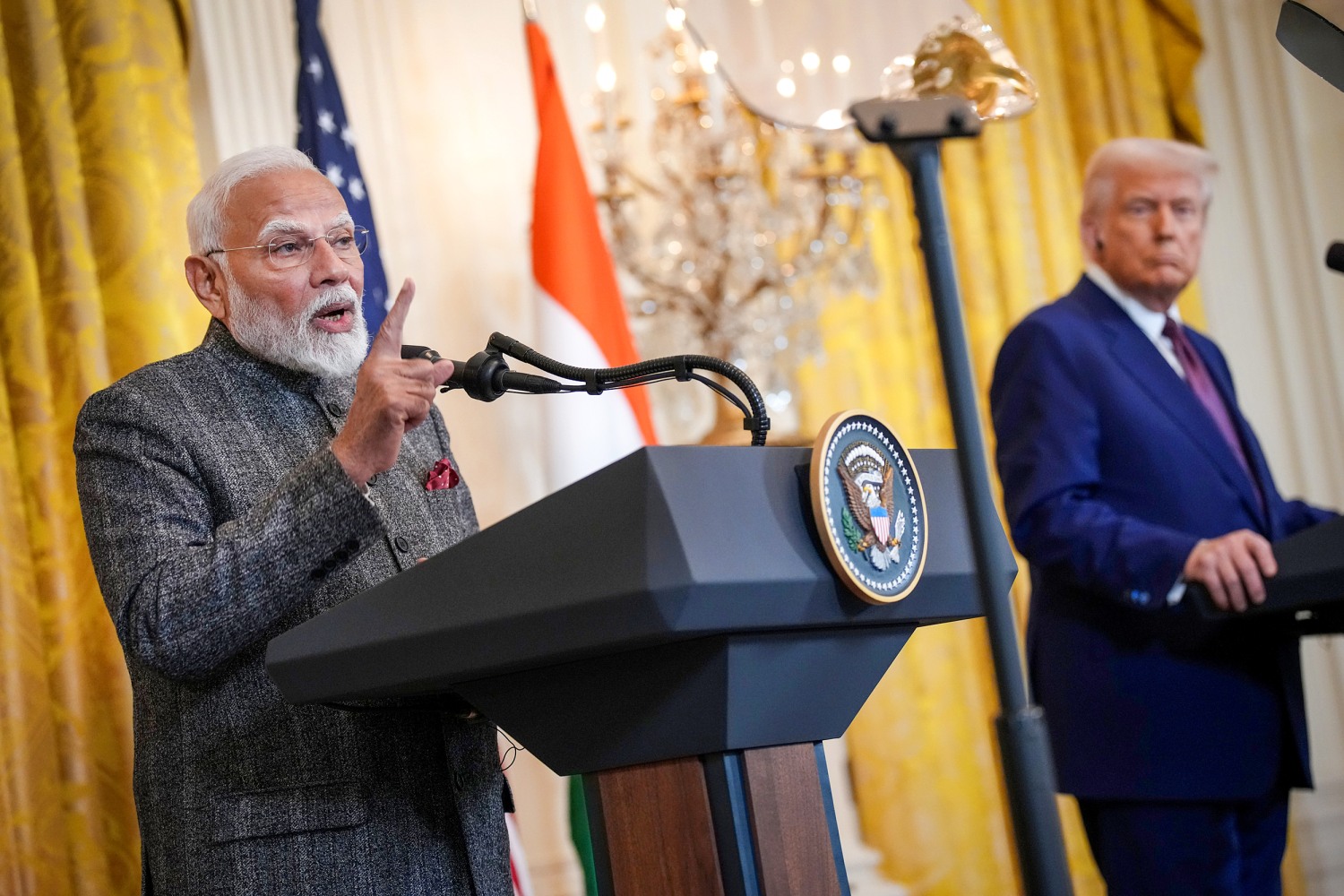With just three weeks remaining before potential 50% tariffs take effect on key Indian exports to the United States, policymakers in New Delhi are weighing their strategic options to avoid damaging economic consequences. The looming deadline presents India with complex diplomatic and economic challenges that require careful navigation of international trade relations.
The proposed tariff hike would primarily affect Indian steel and aluminum exports, sectors that employ millions of workers and contribute significantly to the country’s manufacturing output. Industry analysts estimate the increased duties could reduce India’s export volumes to the U.S. by approximately $3.5 billion annually, with ripple effects throughout related supply chains. The timing is particularly sensitive as India’s economy shows signs of slowing growth in key industrial sectors.
Various strategies are being evaluated by Indian authorities to prevent the rise in tariffs. One possibility includes granting reciprocal market access concessions in certain sectors where U.S. companies have aimed to increase their presence in the Indian market. This might involve lowering import tariffs on agricultural or manufactured products where U.S. manufacturers hold competitive edges.
Another strategy under discussion focuses on strengthening bilateral security cooperation as a means to improve overall relations. Some foreign policy experts suggest that enhanced defense partnerships or intelligence sharing arrangements could create goodwill that might influence trade negotiations. This approach recognizes the interconnected nature of modern international relations where economic and security issues increasingly overlap.
A third path involves leveraging multilateral forums to build pressure against the proposed tariffs. India could seek support through World Trade Organization mechanisms or rally other affected nations to present a united front. However, this strategy carries risks as it may be perceived as confrontational rather than collaborative in approach.
The Indian administration is contemplating internal policy modifications that could tackle a few of the fundamental issues leading to the U.S. tariff warning. These changes might involve revamping intellectual property safeguards, altering digital trade rules, or modifying pharmaceutical pricing strategies – all fields where American enterprises have raised issues about accessing the Indian market.
Industry leaders are urging the government to prioritize negotiations that would exempt certain high-value products from the proposed tariffs. The automotive components sector, which has developed sophisticated supply chains with U.S. manufacturers, is particularly vulnerable to disruptions from sudden tariff increases. Targeted exemptions could help preserve these mutually beneficial trade relationships while broader negotiations continue.
Economic analysts observe that India faces limitations due to various aspects, such as its current account deficit and the necessity to uphold foreign exchange reserves. Although retaliatory tariffs are a theoretical consideration, numerous experts warn against actions that might lead to a comprehensive trade conflict, considering the significance of the U.S. market for Indian exports.
The next few weeks will demand careful negotiation as Indian representatives work to secure the nation’s economic priorities while considering U.S. apprehensions. Achieving success might hinge on pinpointing tangible, quantifiable compromises that can show advancement to American trade authorities, all while being acceptable in the local political arena.
Some commerce experts propose that a staged deal, with gradual compromises from both parties, could be the most practical way to move forward. This strategy might include temporary reliefs or phased execution timetables, allowing impacted sectors to adapt while keeping the momentum for further discussions.
The result of these talks will have important effects beyond two-way trade statistics. How India manages this issue could impact its role as an economic leader in the region and have implications for upcoming trade discussions with other partners. The choices made in the next few days may determine the path of India’s trade policy for the foreseeable future.
As the deadline approaches, businesses on both sides are preparing contingency plans. Indian exporters are exploring alternative markets, while U.S. importers are evaluating substitute suppliers, creating potential long-term shifts in trade patterns regardless of the immediate negotiation outcome.
The situation highlights the complex realities of international trade in an era of increasing economic nationalism. For India, the challenge lies in protecting its economic interests while maintaining productive relations with one of its most important trading partners – a balancing act that will test the skills of its diplomatic and economic policymakers in the critical days ahead.

